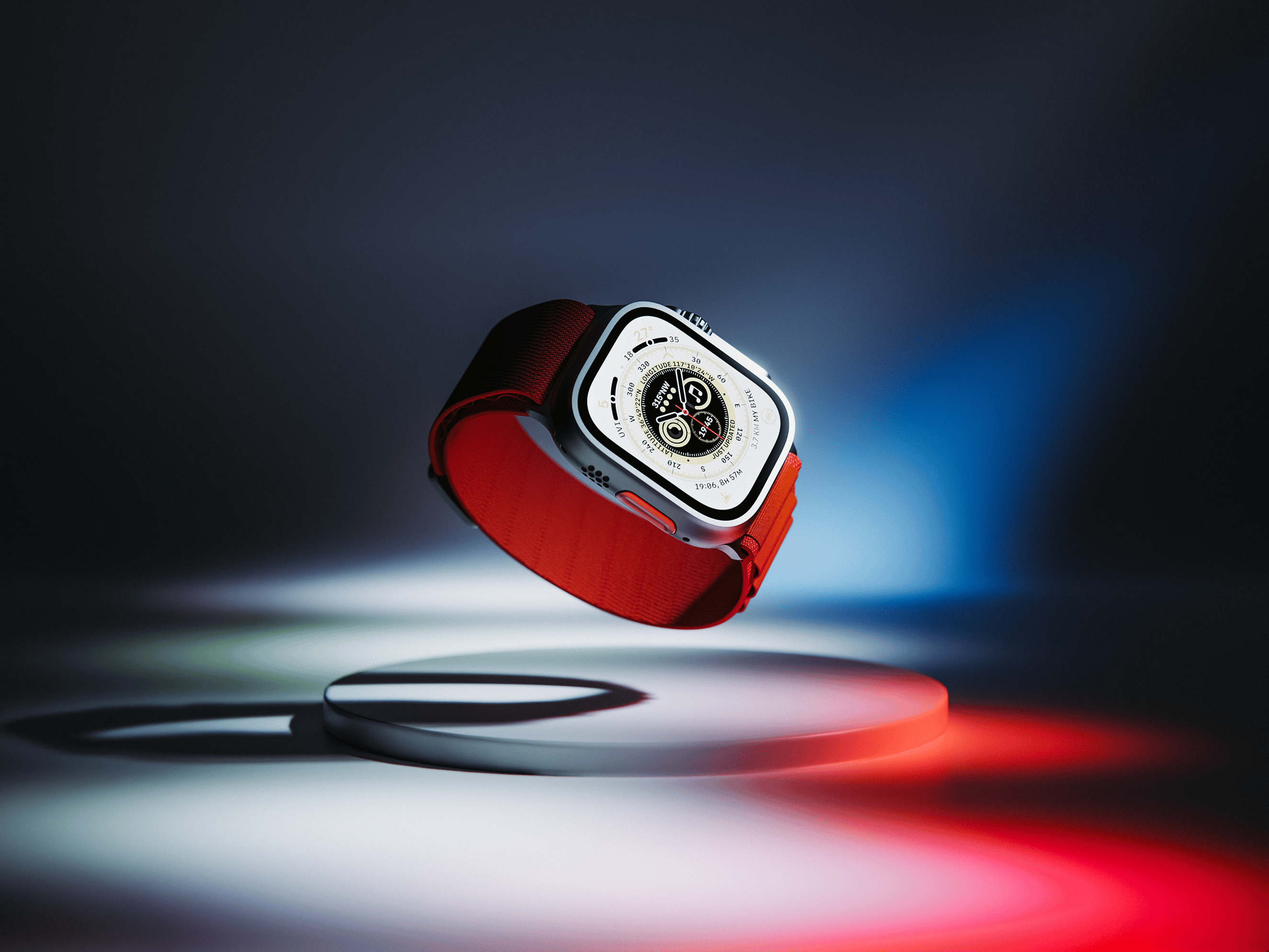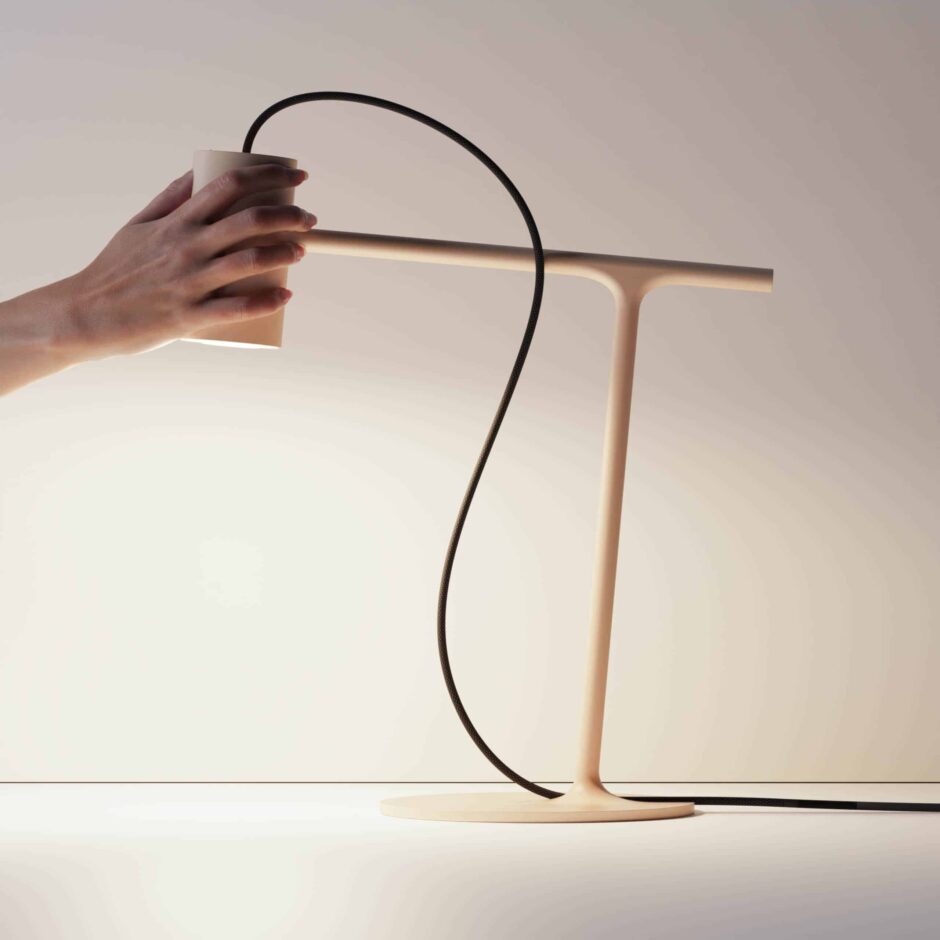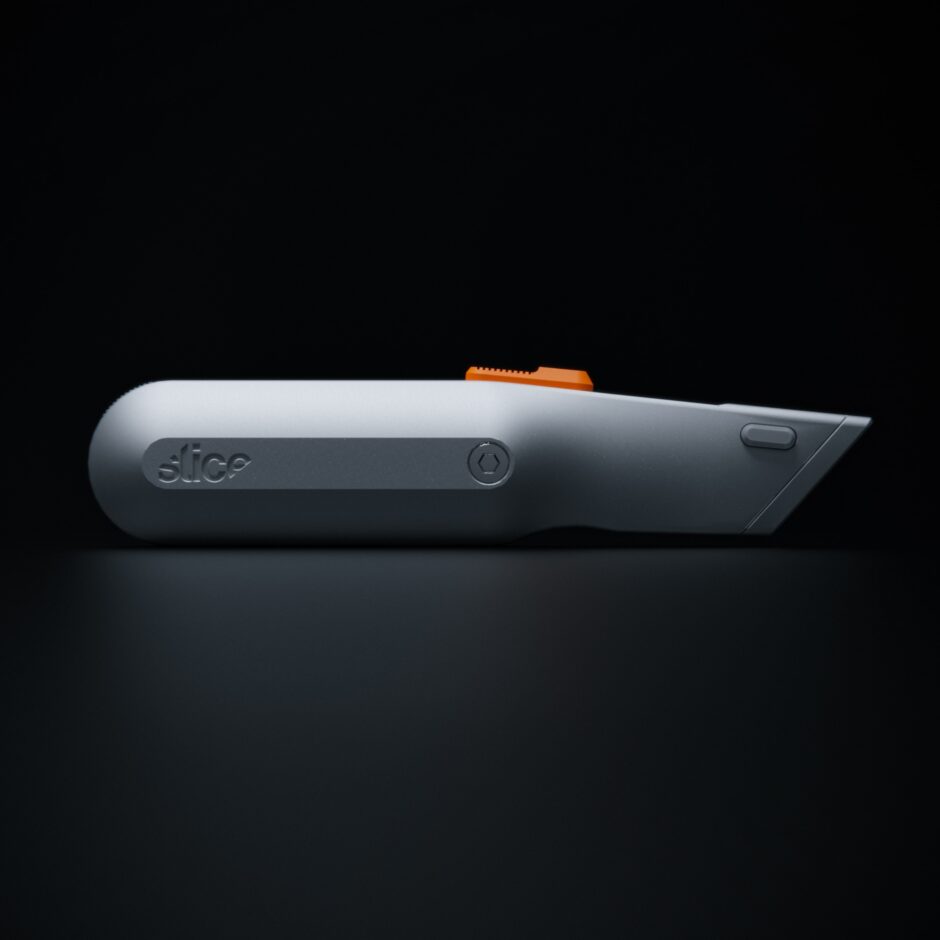Alex D’souza is an industrial designer for DCA Design in Warwick, England. He graduated from Brunel Design School just last year, and his visuals are stunningly and delightfully photo-real. KeyShot played a role in inspiring Alex to pursue industrial design, and we are thrilled that it did. Read on to learn how Alex uses KeyShot.

Alex D’souza
Portfolio | Instagram | LinkedIn
Modeling software used: SolidWorks
How did you get interested in 3D product visualization?
Early interests in design, photography and CGI combined when I was introduced to KeyShot whilst studying design in college. Being able to so quickly turn out a photo-real image was something I found really satisfying, and using that to really sell and enhance projects I was working on only furthered that interest.
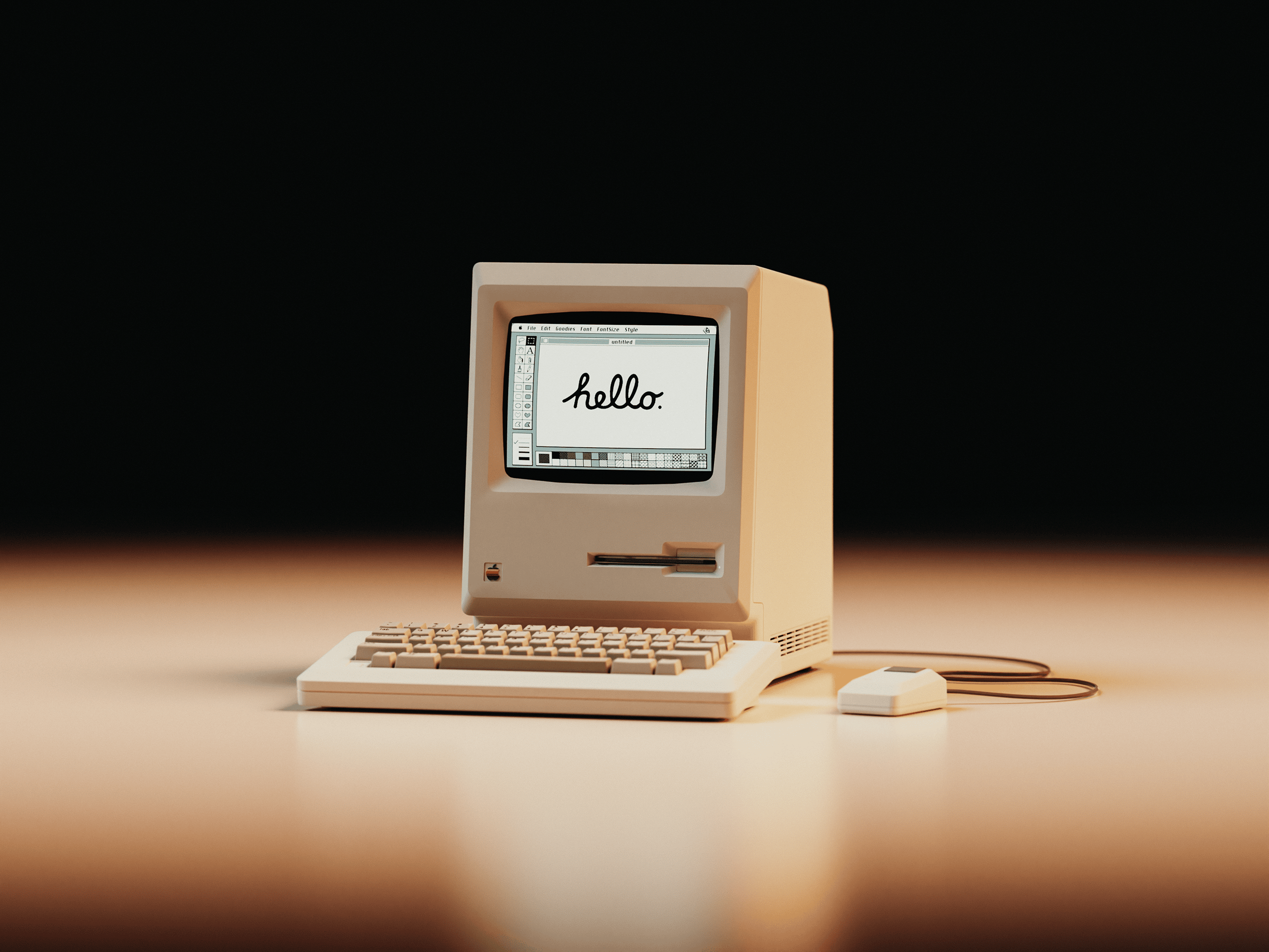
What did you want to be when you started in design and what are you pursuing currently?
I was constantly switching between design, filmmaking and visualization and was very lucky to get the chance to explore all these different routes. A really great internship experience and many self-led projects later, I finally settled on industrial design. I’m now really enjoying working at an industrial design agency. But I do make sure I am still able to fit in plenty of visualization and rendering.
Let’s talk about a project of yours. What inspired you to create a webcam for the home office?
Working as a designer from home during lockdown, meant constantly sketching or working on paper, and having no efficient and easy way to share this over Zoom. ‘Viu’ was developed using image geometry manipulation to warp a desktop view of your desk into one that appears to be from the top down, all in an aesthetically warm, friendly and small product package.
What is unique about your approach to a project/design?
Interaction is a part of design I particularly enjoy focusing on when working on a project. Either bringing a new way of interacting, or improving a familiar interaction is something that can often give a uniqueness and sense of fun to a product.
I also like to explore new technology in the design process, whether that’s using AR output from KeyShot to get context and scale for a design, or LiDAR scanning to bring hand crafted objects into CAD.
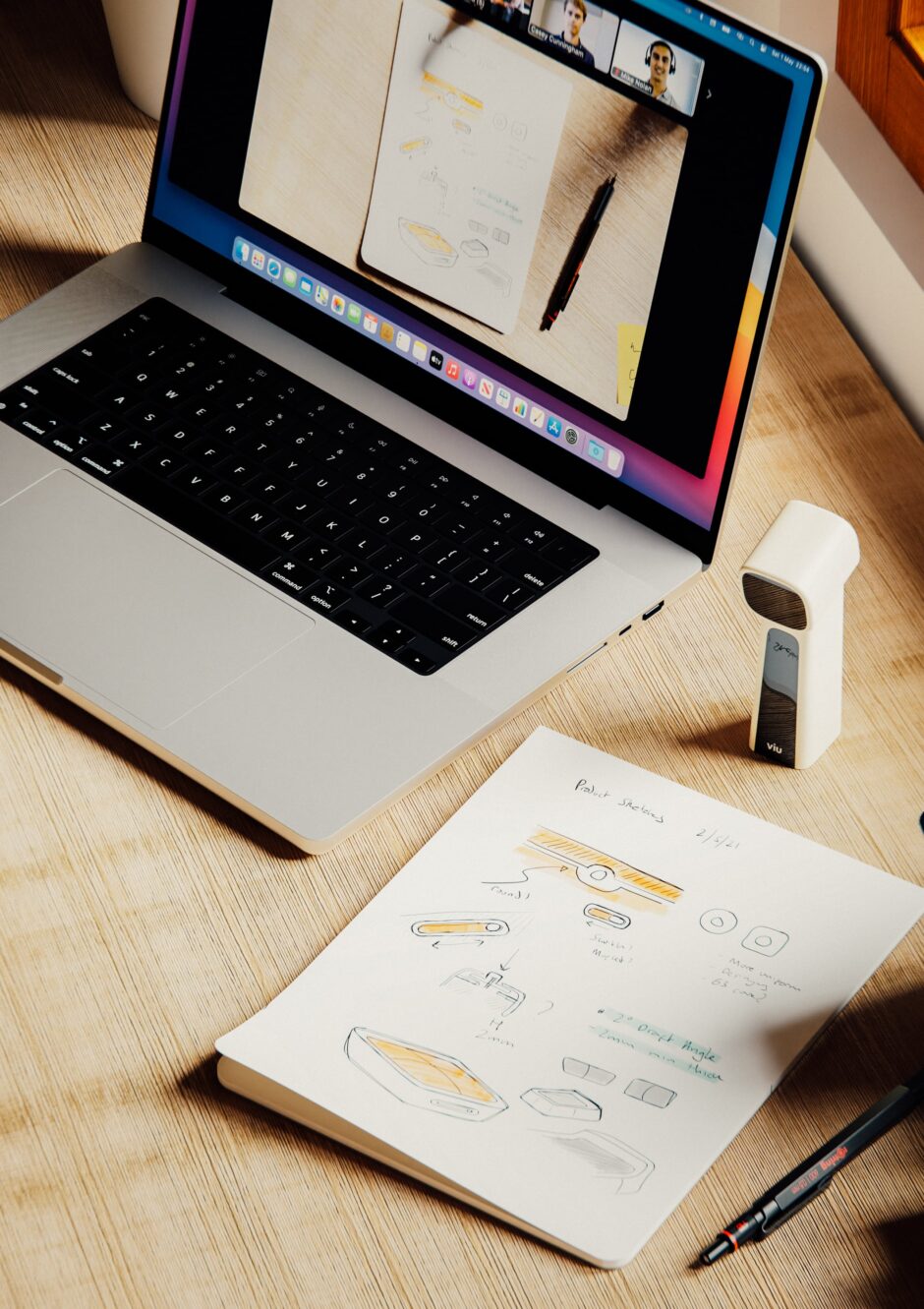
How do you explore new functions in Keyshot?
Sometimes a new feature will inspire a little project itself – for example when KeyShot launched the Settle feature I knew I had to try it straight away. Other features are discovered more naturally through a project need. I’ve been exploring the capabilities of the AR output from KeyShot a lot recently, and this has come directly from the requirements of certain projects.
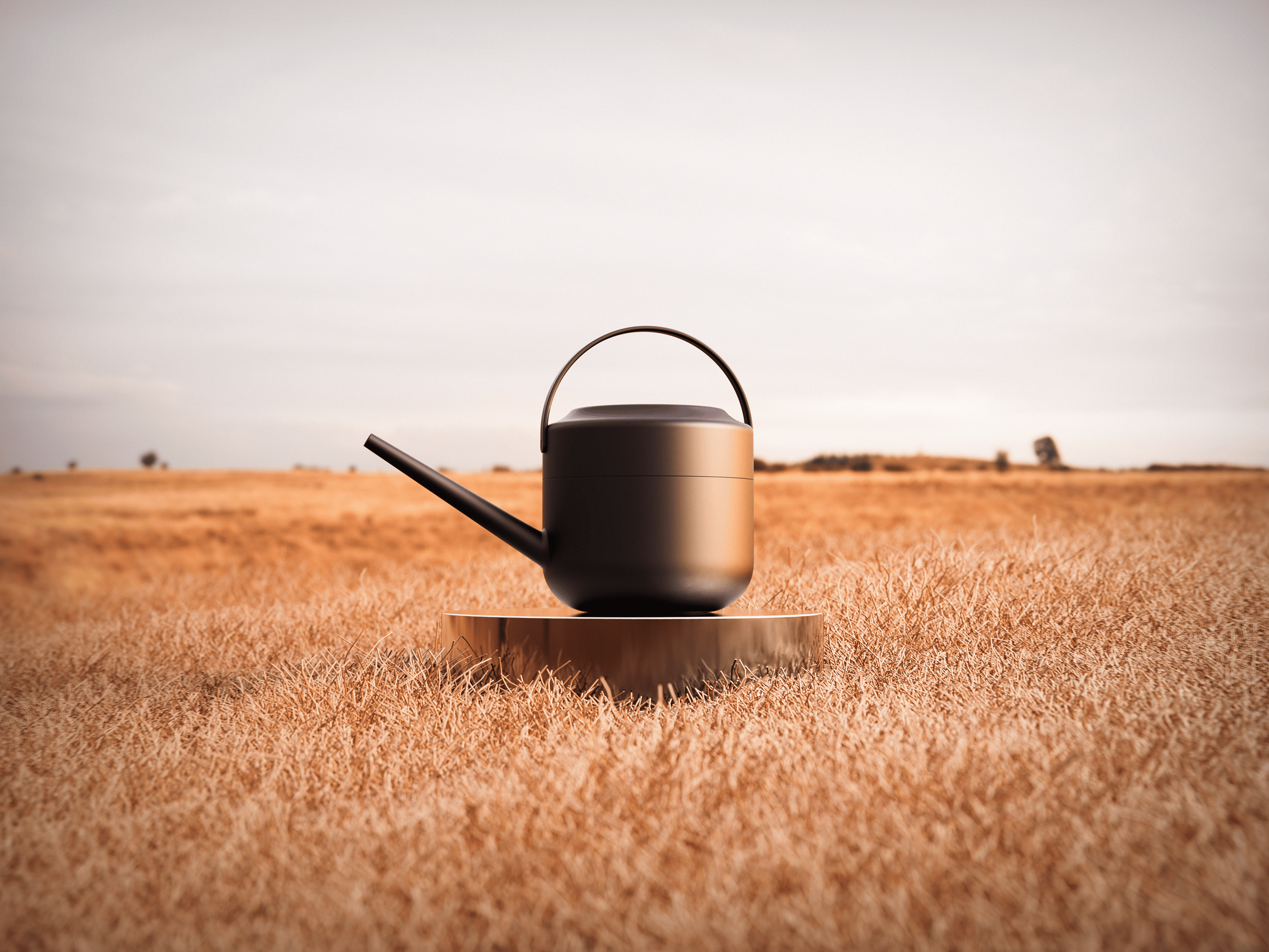
What advice would you give to someone interested in doing what you do?
I’m still early in my career and feel like I’m still learning something new everyday. However, spending time practicing and exploring the field is invaluable, even if it’s self-initiated projects – you have no idea where they can lead and what opportunities they could bring.
“Bringing a new way of interacting, or improving a familiar interaction is something that can often give a uniqueness and sense of fun to a product.”




